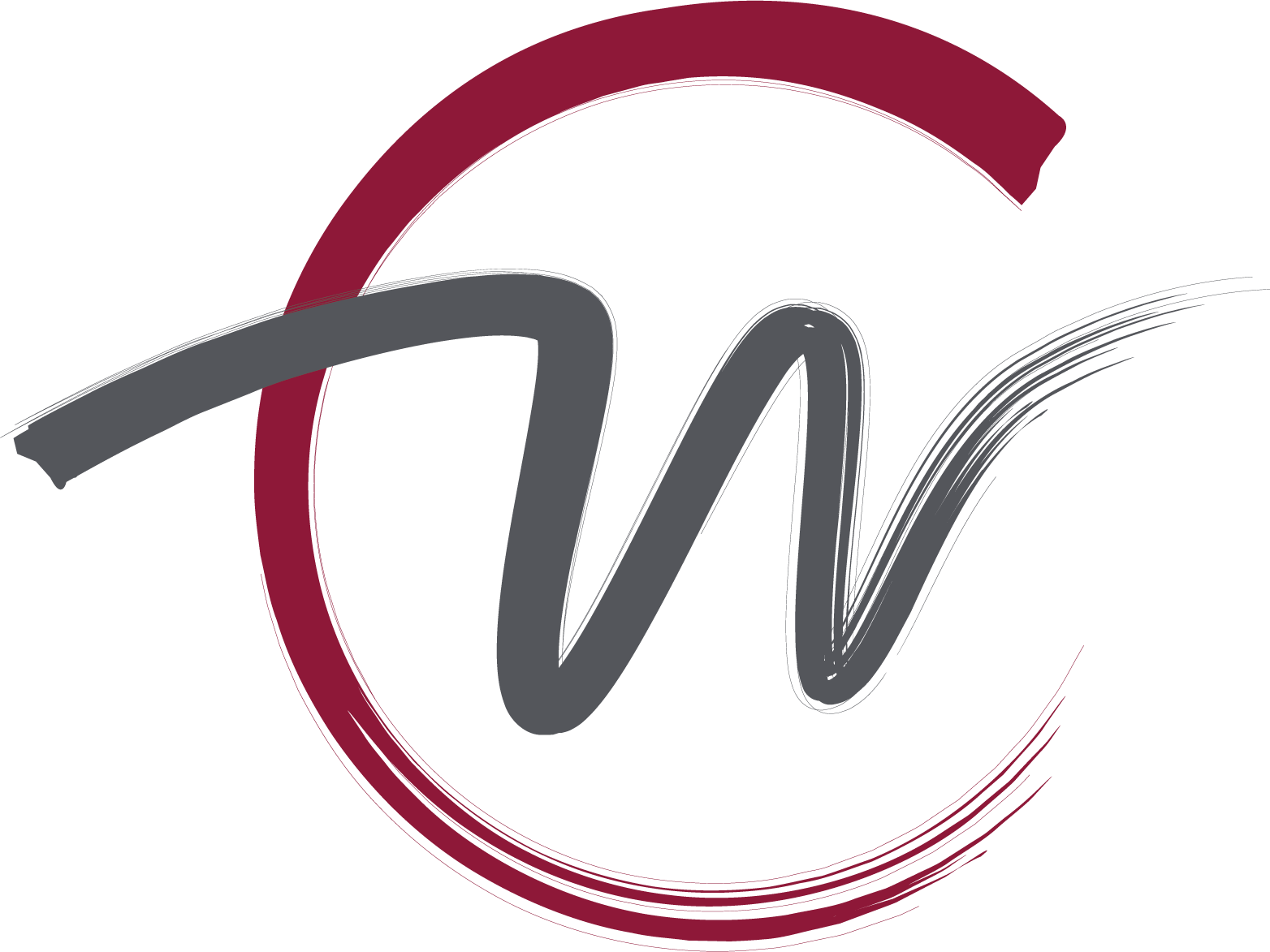Supporting Innovation
New applications of technology can accelerate improvements in education and workforce systems. Technology advancements are helping to establish more personalized learning and job search platforms and tools; making digital content more universally available to democratize learning ; and allowing for low-cost delivery of quality education/advising and information for better policymaking across workforce and education fields.
Meanwhile innovative or supportive policies can provide incentives for the spread of new approaches and practices to help rectify age-old problems. In the words of former U.S. Education Secretary Dick Riley, “There is no philanthropy that can extend the reach of a big idea than federal and state support.”
For many years, CW was the communication arm of Say Yes to Education, which was one of the first major student scholarship programs to leverage county-level and state funding, private philanthropy, and college admissions—along with wraparound community supports—to make college possible for students from low-income communities. Students who achieved an acceptable GPA would automatically eligible admission from a broad range of public and private colleges and receive scholarship support. The program motivates students to succeed and mobilizes political leaders and local businesses and community agencies to provide support for students. Our work involved documenting the success of the program, planning local campaigns within Say Yes communities, releasing research on results, coordinating communications and websites across Say Yes locations, and helping to tell the story of the program and synthesize the process to enable the program to expand to new cities.
Sometimes innovations can be as simple as working across boundaries. For example, we continue to support The Western Interstate Commission for Higher Education’s (WICHE) efforts to connect state education and workforce data systems through the Multistate Longitudinal Data Exchange. MLDE allows states to to better understand the impact of student and worker mobility on state’s higher education institutions, workforce development systems and their economies is a significant challenge. WICHE turned to CommunicationWorks to help promote this effort in general, but specifically to help build trust in the reliability and security of the Exchange. To support this work, we produced a strategic communications plan along with informational and promotional materials to help explain a complex process to a variety of audiences. In addition, we created a comprehensive contingency communications guidebook to help participating states prepare for a variety of situations that could arise requiring strategic communications—from data breaches to political challenges. We supported this work by conducting communication trainings for participating states.
We have helped numerous organizations expand the use of technological tools in K-16 education and workforce development.
For example, the Every Learner Everywhere initiative is a leading effort focused on the use of new technologies and innovative teaching and learning strategies to improve student outcomes and transform postsecondary pedagogical practice, particularly for students of color, economically disadvantaged students and first generation students. We have been supporting this effort through our work with Achieving the Dream, one of the twelve partner organization in the Every Learner network. We have conducted over 30 interviews with college leaders, faculty and staff and students at seven ATD network colleges who are working to implement adaptive courseware in gateway courses to help more students successfully complete those courses and take the first step on their pathway to success. This field work served as a foundation to produce case studies on each college as well as studies on the impact on various disciplines from math to the humanities. The studies focus on lessons learned including best practices for implementation, how to build learning communities around the work and most importantly what works and what doesn’t for students. These studies will be valuable to leaders and practitioners across the country as they seek to strengthen their teaching practices to serve more students.
Expanding the use of Open Educational Resources (OER)—which includes openly licensed textbooks and courses as well as learning resources such as videos, interactives, and primary source material—is helping to make learning materials more local, relevant, up-to-date, and alive. For more than a decade, we have worked with the Institute for the Study of Knowledge Management in Education (ISKME) and OER Commons, the nation’s open education library of record, to provide communications support to advance policy changes, mobilize librarians to play new roles in curating content, and inform K-12 and higher education about the benefits of OER. We have also worked with Achieving the Dream to provide communications support to announce its national effort and to regularly release research for its three-year OER Degree Initiative that enabled 38 colleges in 13 states to introduce OER courses across degree programs.






